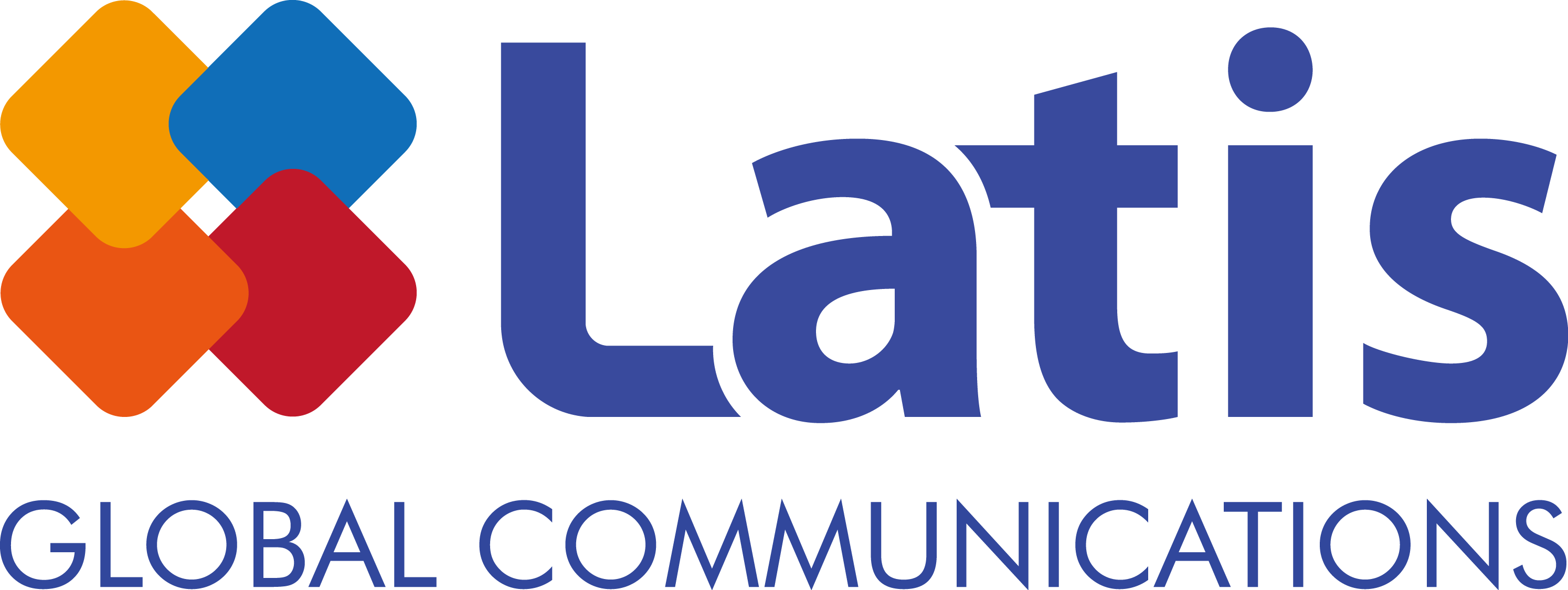
Steam: Importance of Localization and Self-Publishing Guide
[Localization Is Critical to a Game’s Sales]
During an Indie Game event in the Netherlands, Valve’s UI designer Alden Kroll spoke about the importance of localization, especially in non-English speaking countries such as Korea, to maximise your chance to succeed.
Now that you can introduce your game to global users through platforms like Steam, Kroll explained, localization is critical to increasing sales in non-English speaking countries such as Korea, China, and Japan.
Steam users are able to set preferred languages, and Steam takes into account these language settings when recommending games. Kroll advised that localization be on your mind during pre-release because it could increase your sales revenue up to 140%. Now you are given a chance to expose your game to one billion accounts. What steps do you take next?
[Guide to Self-Publishing on Steam]
If you developed a game and localized it, your game is ready to be released. Self-publishing on Steam is a fast and straightforward method that will put your game in front of a ready-made audience with a minimal amount of work. Below are our tips for publishing your game on Steam.
- Joining Steamworks/Steam Direct
Start by joining the Steamworks Distribution Program. You can use your existing Steam account to sign-up. Make sure the account is active, in good standing, and with at least $5 or more payment record in the past.
You must also consider the legal side of publishing. Your company’s registration name or your own legal name needs to be exactly as it appears on all your official documents (especially your bank account). If you are a one-person company, choose Sole Proprietorship for the Company Form and enter the address where you or your company is registered.
- Basic Info
Basic Info consists of 16 sections. Only three of them are mandatory, yet all sections will help with the discoverability of your project. Let’s go through the most important tabs one by one.
You should pay special attention to the search keywords. They must be relevant, include the name of the game, and even possible typos of the game’s title. The genre and type of game might also help users in their search. Facilitate user searches by providing details about supported platforms and minimum system requirements.
Providing a release date is Valve’s requirement. Be careful when setting a date, because you will need to contact Valve if you ever need to change it. You can also choose to hide the release date from the audience by choosing the “Coming Soon” option while staying in contact with Steam regarding your plans.
One of the important sections is called Supported Languages. There you can check Interface, Full Audio, and Subtitles in the provided boxes. Be honest, as failure to provide the correct information can be a reason to deny publishing your game.
- Game Description
You should provide two descriptions of your game: a long one and a shorter one. You should pay special attention to the shorter description as most players will prefer to read that first. It allows for only 300 characters and is displayed at the top of the Store Page. The description should give players an understanding of what they will be doing in the game.
You can put banners into your long description or add other eye-catching features for potential players.
Steam also has an option to add localized versions of your Store Page. It is important to localize the Store Page even if your game is not available in those languages.
- Game Image and Trailer
In the Graphical Assets tab, you should pay special attention to the Steam Small Capsule (the thumbnail displayed in the Steam store). Make sure that its color goes well with Steam’s design, and the image is attractive. Hover over this capsule to get more information (screenshots, release date, tags, and reviews).
You must add at least one game trailer before the launch. The trailer shouldn’t be too long and should demonstrate the gameplay as opposed to cinematic cut-scenes. However, there is no limit to the number of trailers you can post, so you can add a more cinematic trailer as well.
- Price Setting
You can set the price in App Admin in the Store/CD Key Package. App Admin allows you to see released games as well as those ready for release. It also allows you to check the builds.
If your game is free to play, all in-game purchases should be done through Steam Wallet.
- Steam Publishing Costs
Steam charges a fee of $100 for each game you submit on Steam Direct. The fee serves as a gatekeeper against low quality games, and it can be recouped once your product has generated at least $1,000 adjusted gross revenue from the Steam Store and in-app purchases.
70% of the revenue is distributed to the developer, and the remaining 30% to Steam.
Note that you will be allowed to release your game one month after you have paid the app fee
Publishing on Steam is an enticing opportunity to show your game to their one billion user accounts. Besides the tips mentioned above, there are more things you should consider before self-publishing on Steam. Make sure to check all of them during pre-release, and plan wisely.

Our extensive knowledge of video games helps us to deliver superior gaming services.
We are a team made up of game specialists who fully understand and love video games.
We provide our clients with the highest quality gaming services for all types, platforms, and genres of video games. With considerable knowledge and experience, we support global video game developers and publishers for their successful launch.

